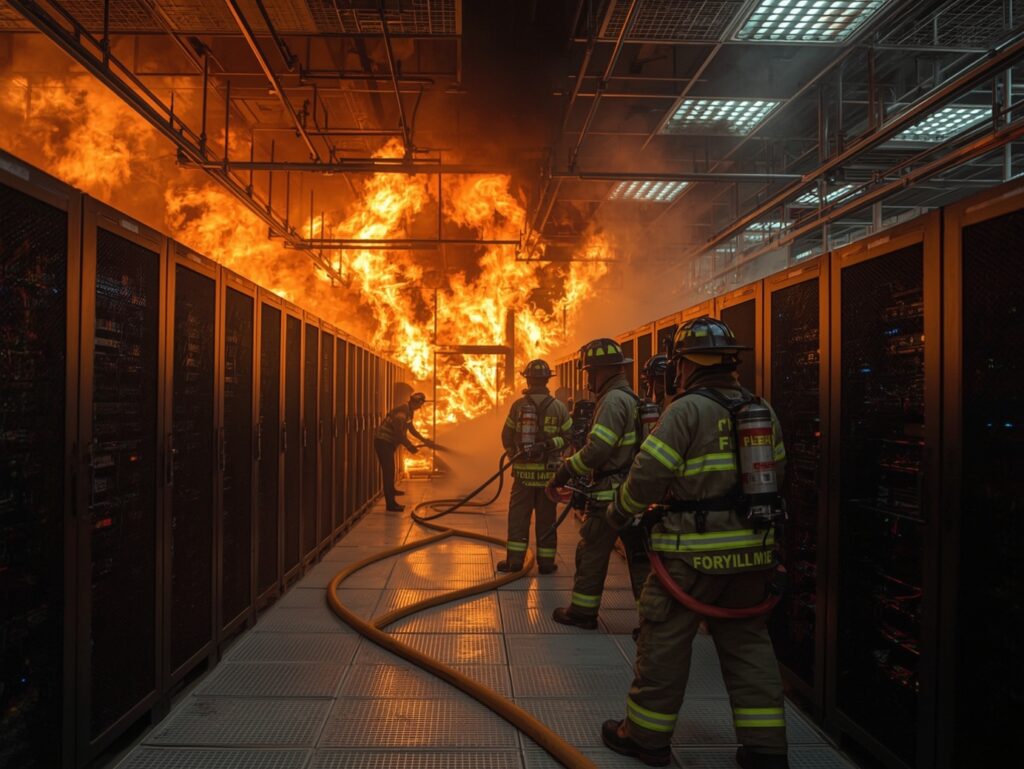
A fire at a government data center in South Korea has reduced the country’s digital infrastructure to rubble and starkly demonstrated the dangers of relying on a single hub. The fire broke out at the National Information Resources Service complex in Daejeon during work on lithium-ion batteries, prompting authorities to raise the cyber threat level and admit that restoration would take weeks.
Amid the unrest, President Lee Jae-myung called for a “second circuit” backup and a review of security approaches, and police have already raided NIRS and UPS suppliers.
Ninety-six key systems went down, and hundreds more were shut down to prevent further damage. In total, 647 government services were paralyzed: from ID cards to state mail, from university campuses to financial platforms and local government services.
Critical functions are being restored gradually: by the weekend, officials had reported that only the first dozen systems had been restored, and subsequently, the number was estimated at around a hundred or more, but a full restoration of normal operation is estimated to take at least four weeks.
The most painful loss was the government’s G-Drive cloud storage system. The storage, used by approximately 750,000 officials, was destroyed, leaving no backups. The drives hosting the backups were located in the same building and were damaged along with the main data storage.
According to the department’s estimates, 858 terabytes of work materials and documents were lost; efforts are underway to partially restore them from local copies stored on computers, correspondence, and paper archives.
In the first few days after the incident, the consequences were felt in virtually every area: electronic identity documents, postal and bank transactions, land registries, and reference portals were intermittent or unavailable.
Authorities acknowledged that 96 physically damaged systems would have to be relocated to a backup center, which would have extended the recovery time. Meanwhile, regulators and industry experts are questioning the choice of UPS architecture and fire protection at the site, which houses critical services for the entire country.
The fire broke out in a server room on the fifth floor, spreading to hundreds of batteries and reaching temperatures of up to 160°C. It took nearly a day to extinguish it. Security forces subsequently seized UPS components and batteries for examination, and the government requested a report on data center safety standards.
The tragic epilogue to this story was the death of a government employee coordinating the restoration of the power grid . He was found dead near the Sejong government compound; authorities confirmed that he committed suicide while working to clean up the widespread aftermath of the disaster. The country’s leadership expressed its condolences and emphasized the need to improve working conditions for workers facing the consequences.
Unfortunately, the concentration of critical data and services in a single data center, in the absence of physically distributed backups, made the fire’s consequences systemic. South Korea, which had grown accustomed to considering itself a model of digital governance, suddenly found itself faced with a fundamental vulnerability: the failure of a single platform.
Follow us on Google News to receive daily updates on cybersecurity. Contact us if you would like to report news, insights or content for publication.
